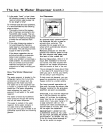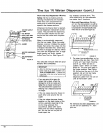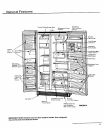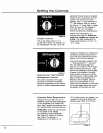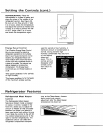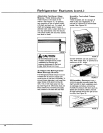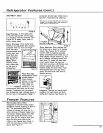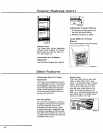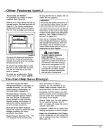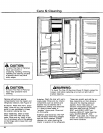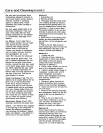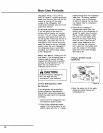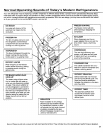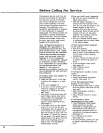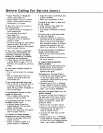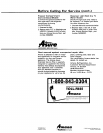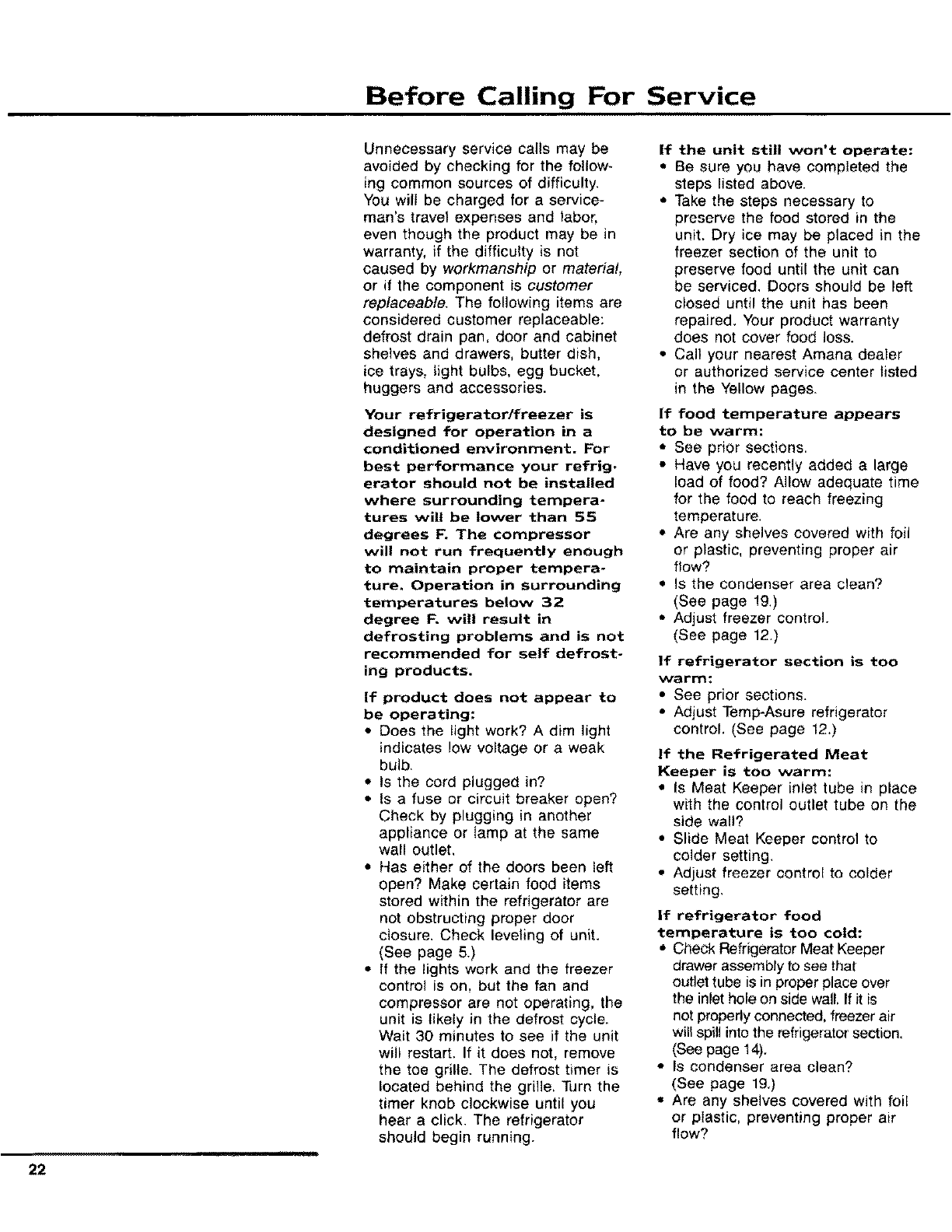
Before Calling For Service
Unnecessary service calls may be
avoided by checking for the follow_
ing common sources of difficulty.
You will be charged for a service-
man's travel expenses and labor,
even though the product may be in
warranty, if the difficulty is not
caused by workmanship or material,
or if the component is customer
replaceabfe. The following items are
considered customer replaceable:
defrost drain pan, door and cabinet
shelves and drawers, butter dish,
ice trays, light bulbs, egg bucket,
huggers and accessories.
Your refrigerator/freezer is
designed for operation in a
conditioned environment. For
best performance your refrig-
erator should not be installed
where surrounding tempera-
tures will be lower than 55
degrees IF. The compressor
will not run frequently enough
to maintain proper tempera-
ture. Operation in surrounding
temperatures below 32
degree F. will result in
defrosting problems and is not
recommended for self defrost-
ing products.
If product does not appear to
be operating:
• Does the light work? A dim light
indicates low voltage or a weak
bulb,
• Is the cord plugged in?
• Is a fuse or circuit breaker open?
Check by plugging in another
appliance or lamp at the same
wall outlet,
• Has either of the doors been left
open? Make certain food items
stored within the refrigerator are
not obstructing proper door
closure. Check leveling of unit.
(See page 5.)
• If the lights work and the freezer
control is on, but the fan and
compressor are not operating, the
unit is likely in the defrost cycle,
Wait 30 minutes to see if the unit
witl restart. If it does not, remove
the toe grille. The defrost timer is
located behind the grille, Turn the
timer knob clockwise until you
hear a click. The refrigerator
should begin running.
If the unit still won't operate:
• Be sure you have completed the
steps listed above.
• Take the steps necessary to
preserve the food stored in the
unit. Dry ice may be placed in the
freezer section of the unit to
preserve food until the unit can
be serviced, Doors should be left
closed until the unit has been
repaired. Your product warranty
does not cover food loss.
• Call your nearest Amana dealer
or authorized service center listed
in the Yellow pages.
If food temperature appears
to be warm:
• See prior sections.
• Have you recently added a large
load of food? Allow adequate time
for the food to reach freezing
temperature.
• Are any shelves covered with foil
or plastic, preventing proper air
flow?
• Is the condenser area clean?
(See page !9,)
• Adjust freezer control.
(See page 12.)
If refrigerator section is too
warm:
• See prior sections.
• Adjust Temp-Asure refrigerator
control. (See page 12.)
If the Refrigerated Meat
Keeper is too warm:
• Is Meat Keeper inlet tube in place
with the control outlet tube on the
side wall?
• Slide Meat Keeper control to
colder setting,
,, Adjust freezer control to colder
setting.
If refrigerator food
temperature is too cold:
• Check Refrigerator Meat Keeper
drawer assembly to see that
outlet tube is in proper place over
the inlet hole on side wall, If it is
not properly connected, freezer air
will spill into the refrigerator section.
(See page 14).
• Is condenser area clean?
(See page 19)
• Are any shelves covered with foil
or plastic, preventing proper air
flow?
22



